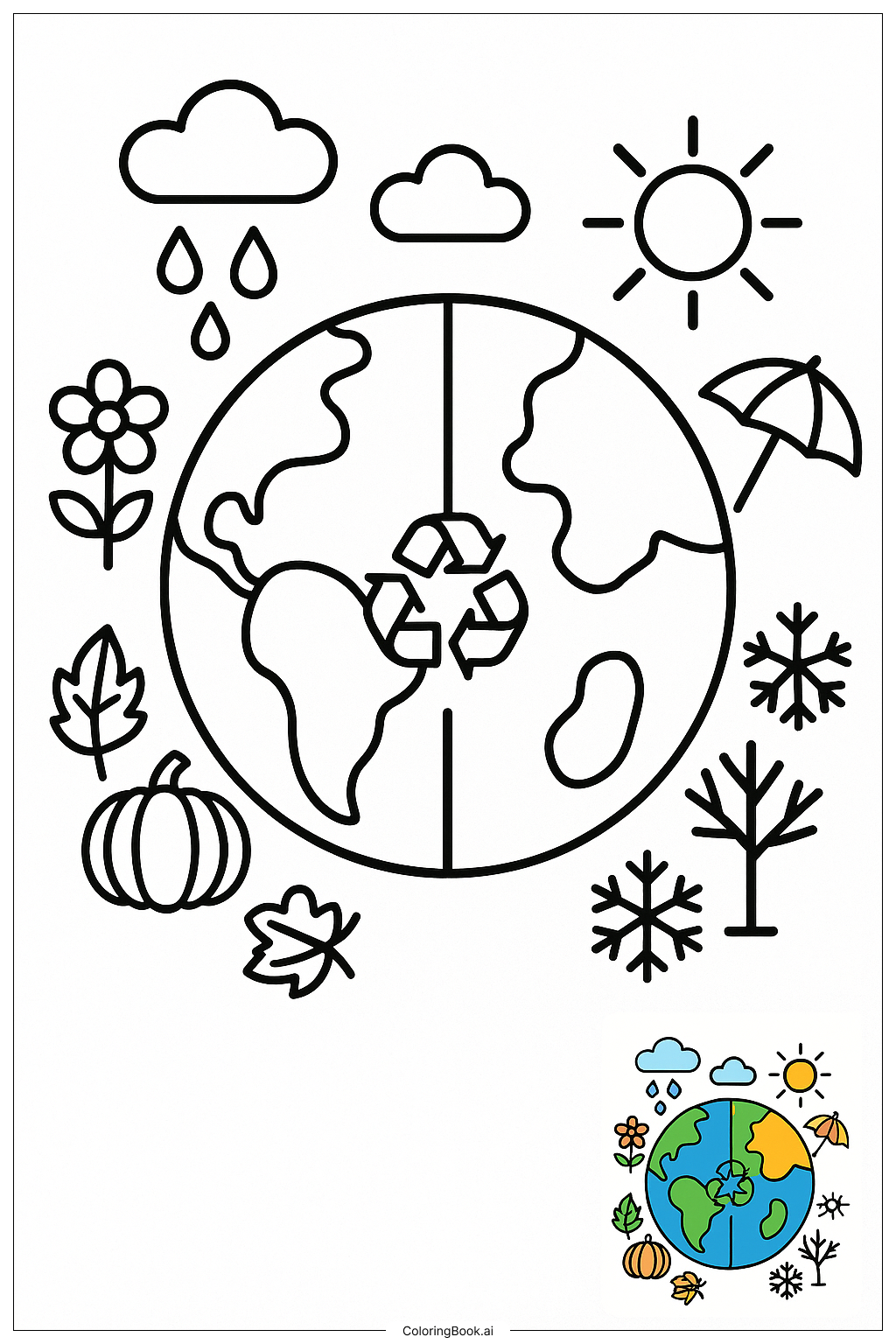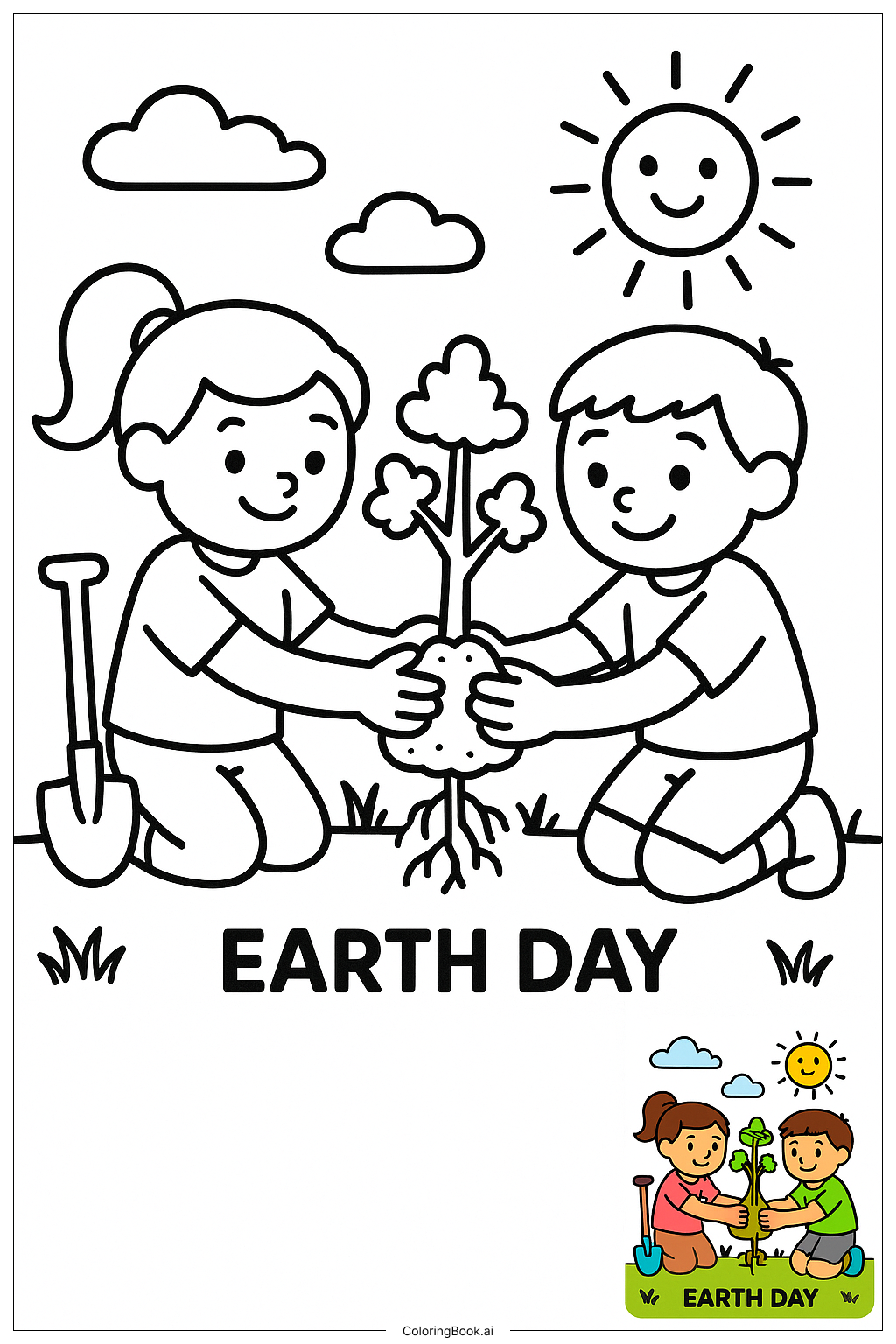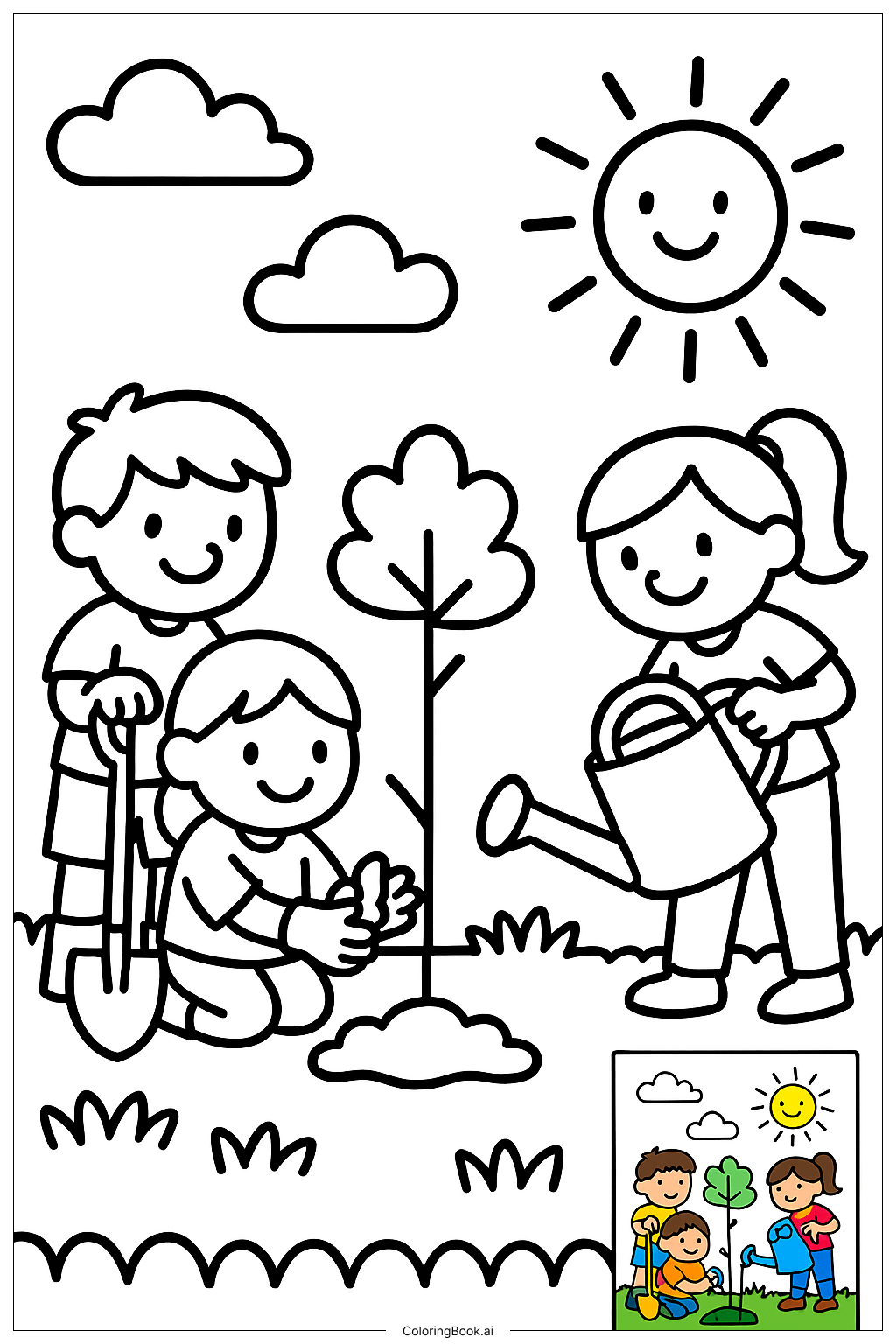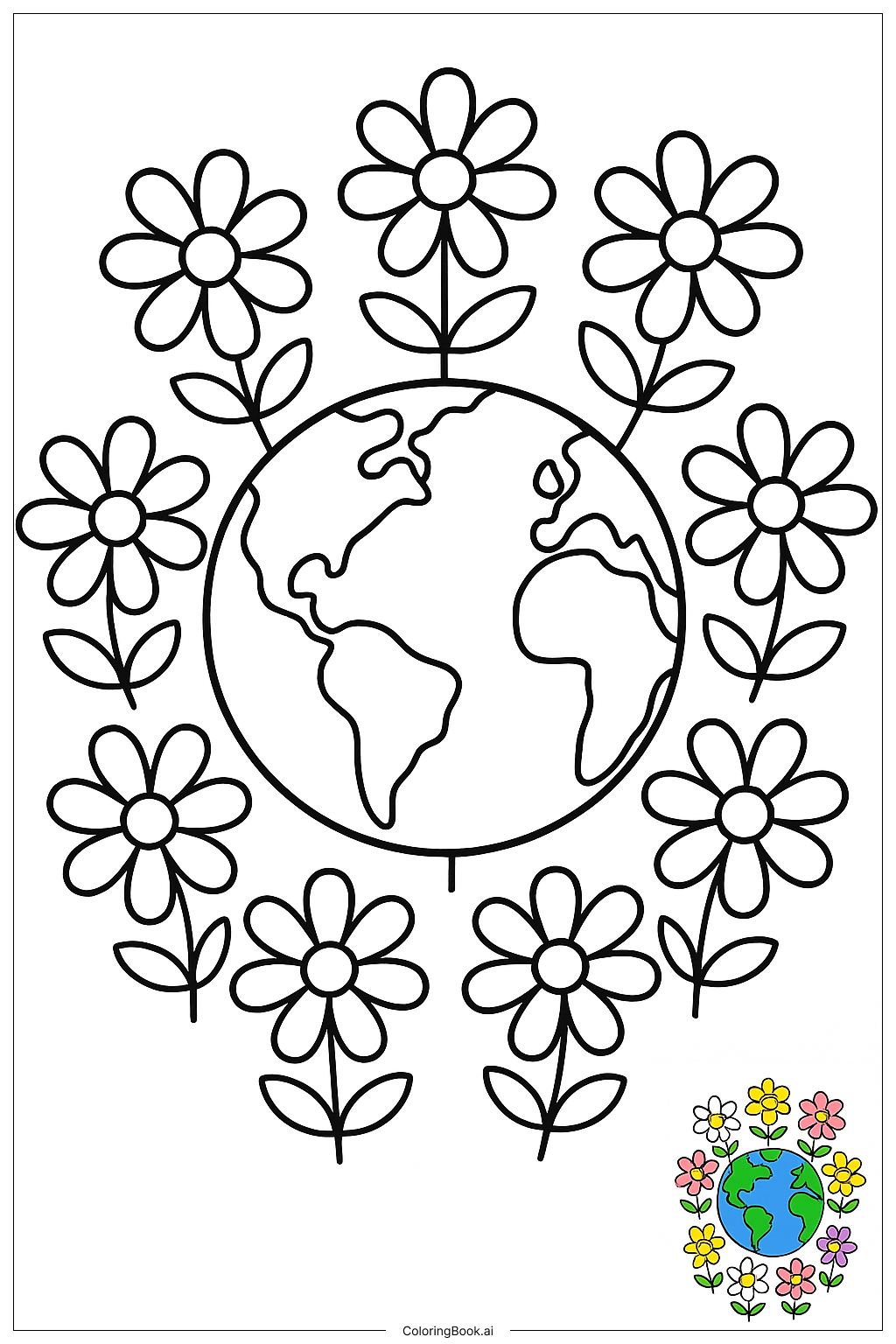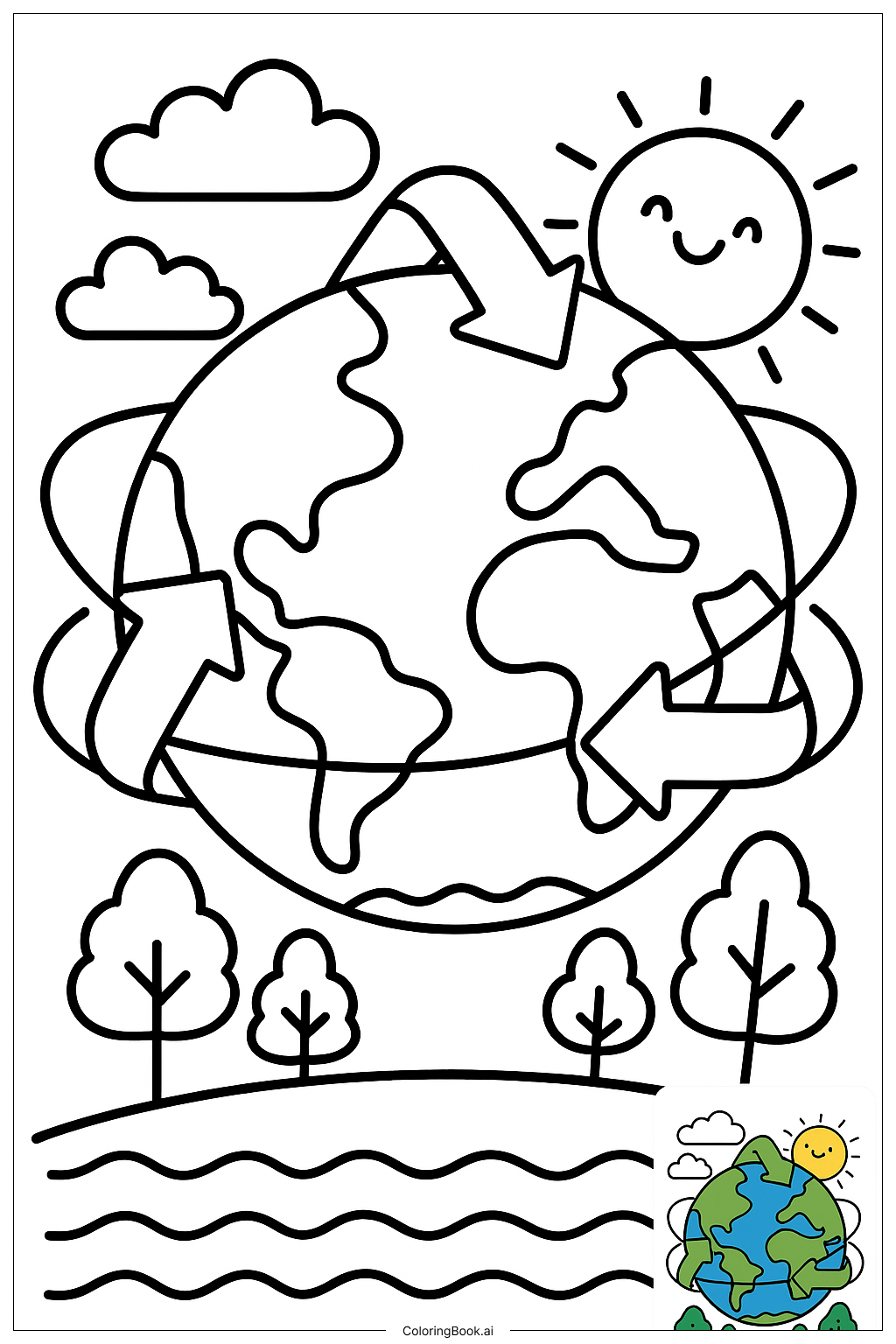Coloring tips: How to color Earth Day Earth With Seasonal Changes coloring page well?
For the Earth, use bright blues and greens to represent land and water. Flowers can be colored with vibrant pinks, yellows, and purples. The sun can be a cheerful yellow or orange, while the clouds can be soft white or gray. Feel free to get creative with the colors of the leaves and the pumpkin, using warm oranges and browns for autumn. Snowflakes can be colored in light blue or silver to represent winter's chill. Encourage mixing colors to create lovely effects!
Coloring challenges: Which parts are difficult to color and need attention for Earth Day Earth With Seasonal Changes coloring page?
1. Coloring the Earth can be challenging due to the detail. Kids might find it hard to stay within the lines. Practicing with thicker coloring tools can help. 2. The seasonal elements present different colors. Remembering which colors belong to each season can be tricky. 3. The contrast of the bright colors of spring with the muted tones of winter may also confuse children. They might need guidance on color choices. 4. It might be difficult for some kids to figure out how to blend colors smoothly, especially for transitions like the blue sky and white clouds. 5. Lastly, coloring tiny details like the leaves or snowflakes requires patience and careful motor skills, which can be difficult for younger children.
Benefits of coloring books: Advantages of drawing Earth Day Earth With Seasonal Changes coloring page
Coloring this page helps kids to develop fine motor skills and hand-eye coordination. It allows them to express their creativity and choose colors that reflect their personality. Understanding the seasons through art can also enhance their learning about nature and the environment. Additionally, coloring can be a relaxing activity, helping to reduce stress and anxiety. It encourages focus and concentration, making it a beneficial practice for young minds.
